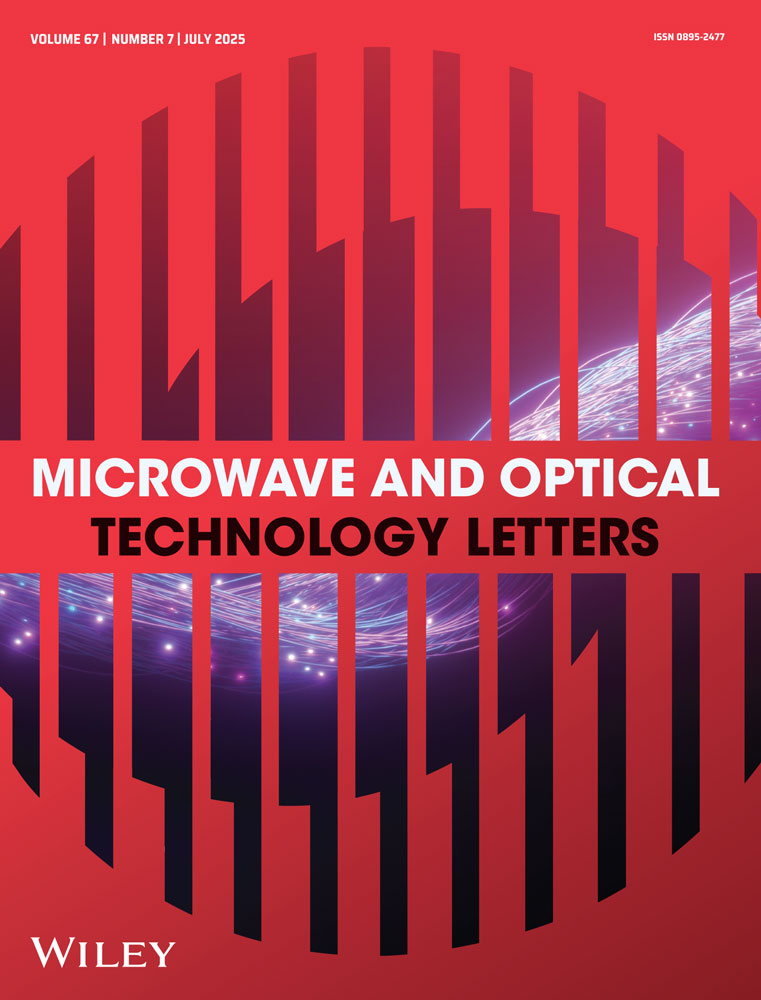2-D Scanning-Angle Expansion of Phased Array Antenna Using Metalens
ABSTRACT
A novel method is proposed in this letter, which utilizes a metalens to enhance the electrical scanning range of a two-dimensional (2-D) phased array antenna (PAA). This method offers the advantages of easy integration and minimal scanning loss. The design incorporates a metasurface (MS) element that can adjust the transmission phase of linearly polarized waves from 0° to 360°, with transmission amplitudes exceeding 0.8 at 10 GHz, that is, a transmission loss of less than 1.9 dB. Furthermore, the structure of the multi-layer metal patterns can enhance the stability of the MS element under oblique incidences of linear polarization, and the maximum phase difference of the transmitted waves is less than 34° at 10 GHz. The metalens is constructed based on the generalized Snell's law, enabling arbitrary adjustment of the electromagnetic wave direction by designing the phase gradient of the incident plane, which provides a theoretical basis for 2-D scanning beam expansion. Experimental validation of the scanning range expansion method is performed using a 4 × 4 PAA integrated with the 12 × 12-unit metalens at 10 GHz, and the period of the MS element is 0.33λ. Additionally, measured results indicate that the lens extends the electrical scanning range of the PAA in the E-plane (from ± 48° to ± 75°) and H-plane (from ± 42° to ± 71°), with a maximum realized gain of 14.9 dBi, scanning loss of less than 3.7 dB, and a side lobe level (SLL) better than − 5.2 dB.
Open Research
Data Availability Statement
Data sharing is not applicable to this article as no new data were created or analyzed in this study.




